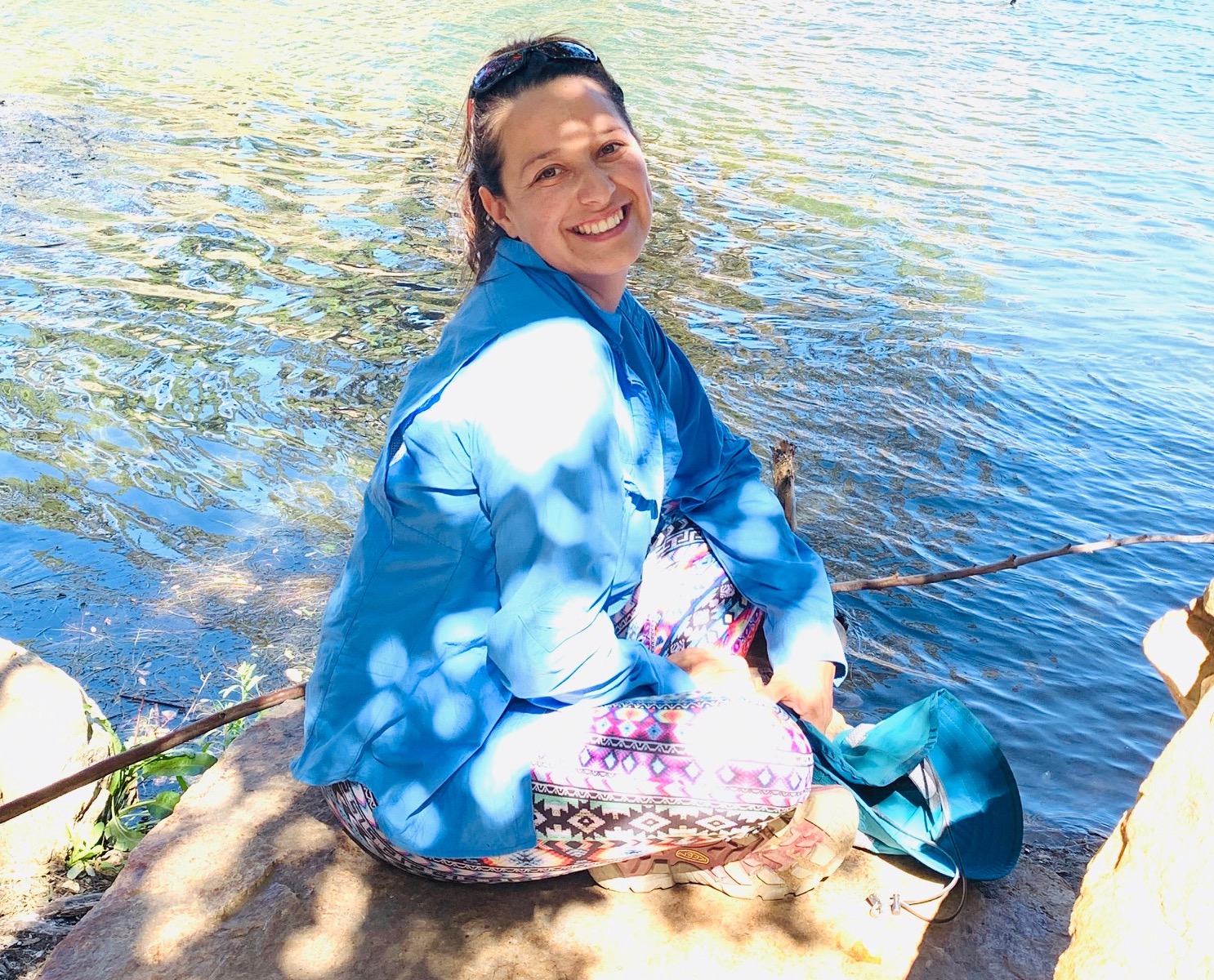Shot Hole Borer in the Escondido Creek Watershed
For about the past four years now there has been a silent wave of ecological devastation working its way through the wooded areas of San Diego County. Unfortunately, it may now have reached the Escondido Creek watershed.
First reported in LA Country back in 2003, the Polyphagous Shot Hole Borer (PSHB) is a non-native invasive borer beetle believed to originate in SE Asia. In San Diego County, the PSHB’s evil twin, the Kuroshio Shot Hole Borer (KSHB), has decimated the Tijuana River Valley; “the damage to willows has been extensive, massive and quick.”[1] According to the Eskalan Lab at the University of CA Riverside, while the two are genetically different, morphologically they are identical, leave behind the same trace evidence and attack the same tree species. Unfortunately, while research is underway, there is no known cure.
The Escondido Creek Conservancy (TECC) was alerted to a rapid die back of willows on private property adjacent to TECC-owned land by an active trail user. Because of the serious threat posed by the KSHB, we are working with the property owner, biologists and entomologists to identify and address this as a potential KSHB infestation. To protect the habitat, the property owner has closed the trail near the site until further notice and we have closed all trails at the nearby Los Cielos Preserve.
Research conducted by the Eskalen Laboratory at UC Riverside has shown these beetles are known to infest 137 tree species including willows, oaks and sycamores. Crop species such as avocados are also in danger, potentially devastating San Diego County’s agricultural economy.
The damage caused by these beetles comes in two phases. The first is that by boring into the tree horizontally, the beetle damages the Phloem, Xylem and Ray Cells that transport water and nutrients from photosynthesis throughout the tree. Along with the direct physical damage the beetle causes by chewing into the tree, it also brings with it a fungus called Fusarium Dieback (FD), which “stops the flow of water and nutrients in suitable host tree species, which can lead to the death of individual branches or, in severe cases, the entire tree.”[2] So, not only does this beetle bring its own fungus with it, the open bore holes that the beetle leaves behind in the tree allow for easy access from other diseases and pathogens to enter the tree putting it at risk for additional damage. This same fungus is carried on boots, hoofs, tires and on equipment used to trim and cut wood, potentially helping to spread the infestation.
The signs and symptoms are difficult to identify without sending samples to a lab, but watershed residents with trees should watch for basic exterior symptoms that could be caused by the beetles.
Each tree species will have a different form of defense against the beetle. Most trees first line of defense is to push large amounts of sap out through the open wounds in the wood to attempt to expel the pest. This process is known as gumming, and around the holes could be noticeable discoloration, and sugary exudate. The beetle’s entry and exit holes, which are about 0.03 inch (0.85 mm) in diameter, can be located beneath or near the symptoms.
The potential devastation to the natural and agricultural lands of the Escondido Creek watershed from this infestation cannot be overstated.
Responses to date have focused on identifying and documenting infested sites and stopping the movement of firewood.
It is very important that residents do not transport firewood as it appears that may be how the beetles are moving throughout southern California. Also, do not cut or trim trees or branches as the fungus can be spread on your tools. Additionally, please stay out of infested areas as you could be unknowingly transporting the fungus, helping to spread the infestation!
Research is underway which we hope will lead to stopping the beetles’ advancement. TECC is connected to a network of scientific and conservation organizations working together to disseminate information about the KSHB as quickly as possible.
We urge property owners to keep an eye out for signs of the beetle and quickly report possible infestations to TECC. Please send a picture, adding a pencil to the picture for scale, and note the location and tree species on which it was found, to [email protected].
For additional reading see:
Polyphagous Shot Hole Borer + Fusarium Dieback A New Pest Complex in Southern California.
http://eskalenlab.ucr.edu/handouts/pshb_symptomsandlookalikes.pdf.
[1] John Boland, Ph.D., presentation before the San Diego Regional Water Quality Control Board, February 25, 2016.
[2] Eskalan Lab, University of California Riverside.




